Raul Orduna Urrutia
Generative Adversarial Networks for Bitcoin Data Augmentation
May 27, 2020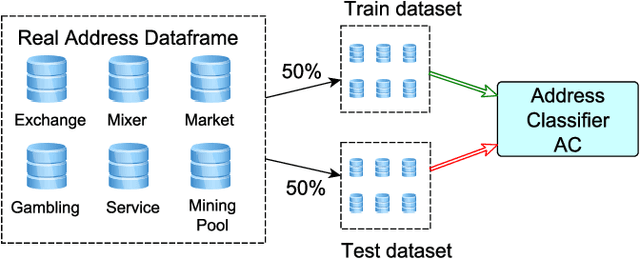
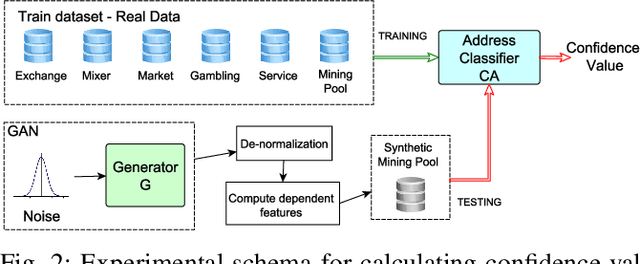
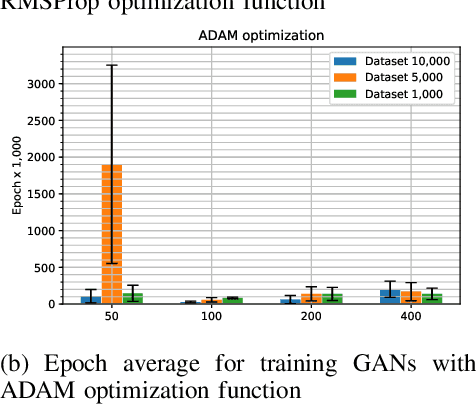

Abstract:In Bitcoin entity classification, results are strongly conditioned by the ground-truth dataset, especially when applying supervised machine learning approaches. However, these ground-truth datasets are frequently affected by significant class imbalance as generally they contain much more information regarding legal services (Exchange, Gambling), than regarding services that may be related to illicit activities (Mixer, Service). Class imbalance increases the complexity of applying machine learning techniques and reduces the quality of classification results, especially for underrepresented, but critical classes. In this paper, we propose to address this problem by using Generative Adversarial Networks (GANs) for Bitcoin data augmentation as GANs recently have shown promising results in the domain of image classification. However, there is no "one-fits-all" GAN solution that works for every scenario. In fact, setting GAN training parameters is non-trivial and heavily affects the quality of the generated synthetic data. We therefore evaluate how GAN parameters such as the optimization function, the size of the dataset and the chosen batch size affect GAN implementation for one underrepresented entity class (Mining Pool) and demonstrate how a "good" GAN configuration can be obtained that achieves high similarity between synthetically generated and real Bitcoin address data. To the best of our knowledge, this is the first study presenting GANs as a valid tool for generating synthetic address data for data augmentation in Bitcoin entity classification.
Cascading Machine Learning to Attack Bitcoin Anonymity
Oct 15, 2019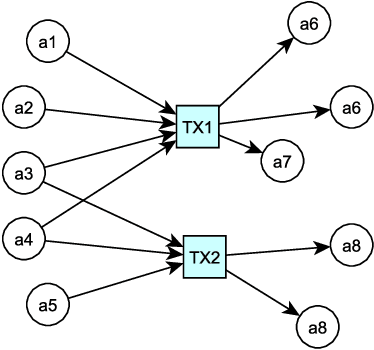
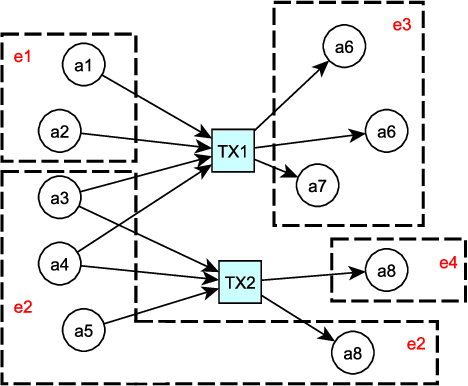


Abstract:Bitcoin is a decentralized, pseudonymous cryptocurrency that is one of the most used digital assets to date. Its unregulated nature and inherent anonymity of users have led to a dramatic increase in its use for illicit activities. This calls for the development of novel methods capable of characterizing different entities in the Bitcoin network. In this paper, a method to attack Bitcoin anonymity is presented, leveraging a novel cascading machine learning approach that requires only a few features directly extracted from Bitcoin blockchain data. Cascading, used to enrich entities information with data from previous classifications, led to considerably improved multi-class classification performance with excellent values of Precision close to 1.0 for each considered class. Final models were implemented and compared using different machine learning models and showed significantly higher accuracy compared to their baseline implementation. Our approach can contribute to the development of effective tools for Bitcoin entity characterization, which may assist in uncovering illegal activities.
 Add to Chrome
Add to Chrome Add to Firefox
Add to Firefox Add to Edge
Add to Edge